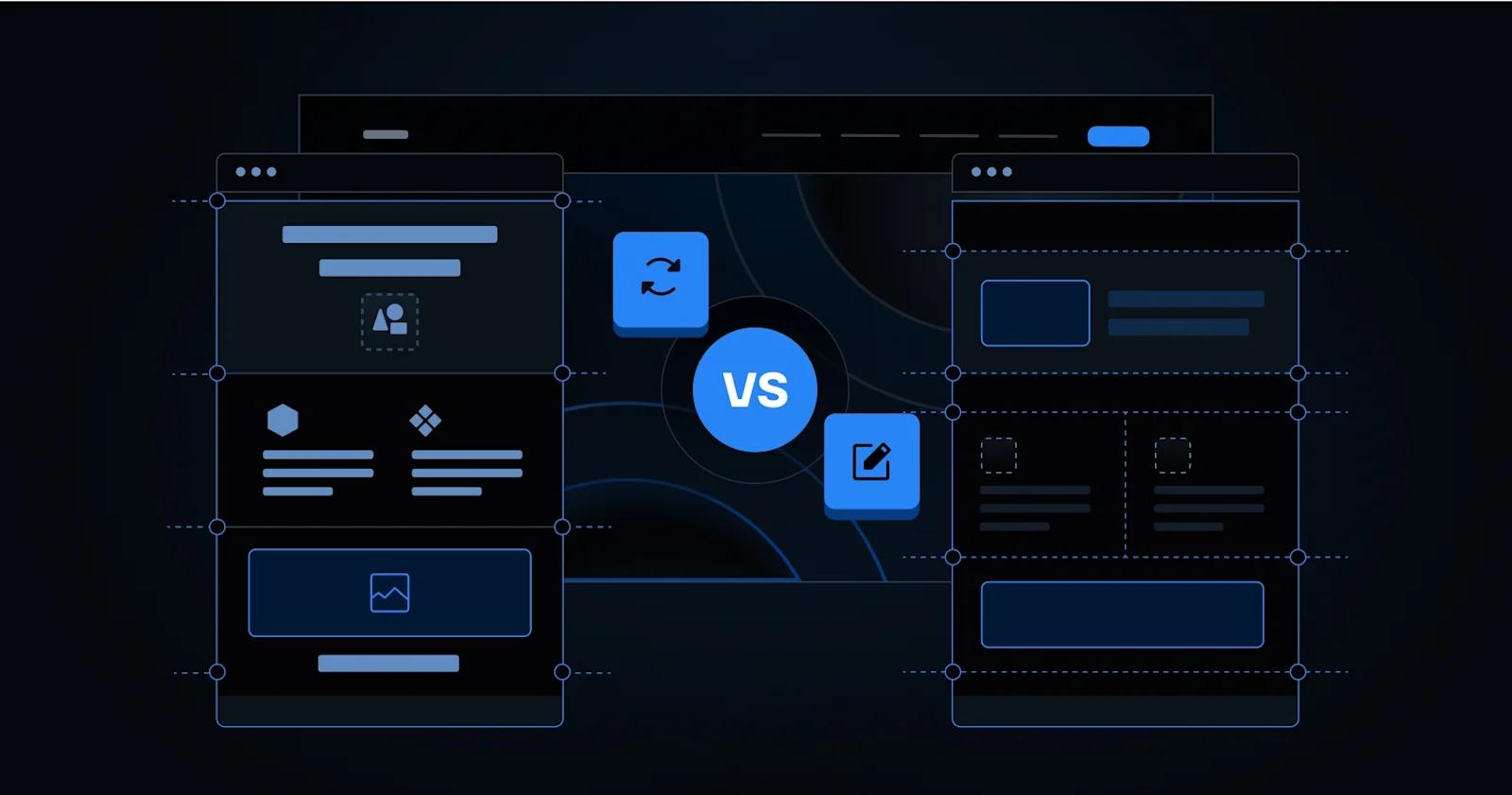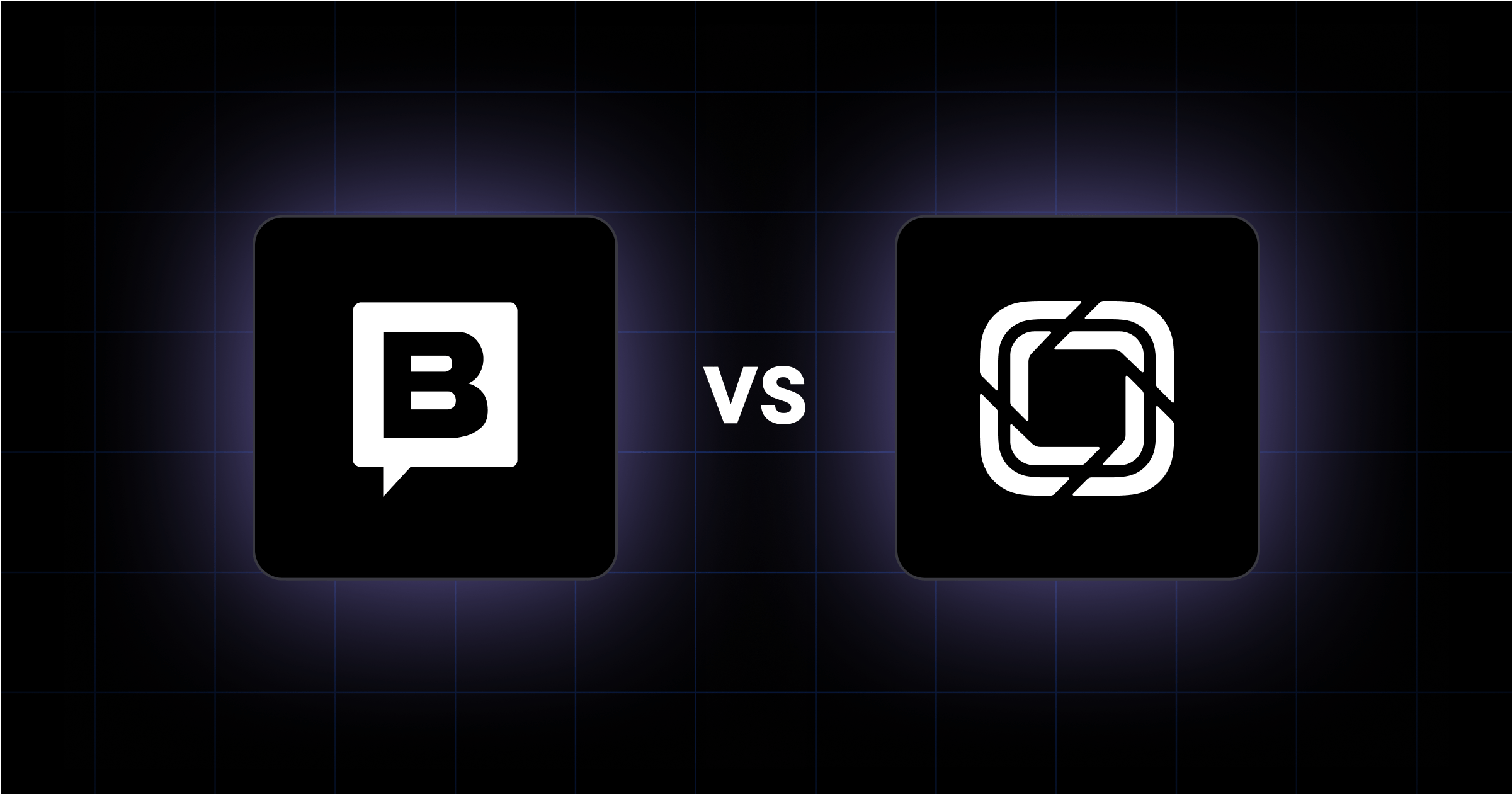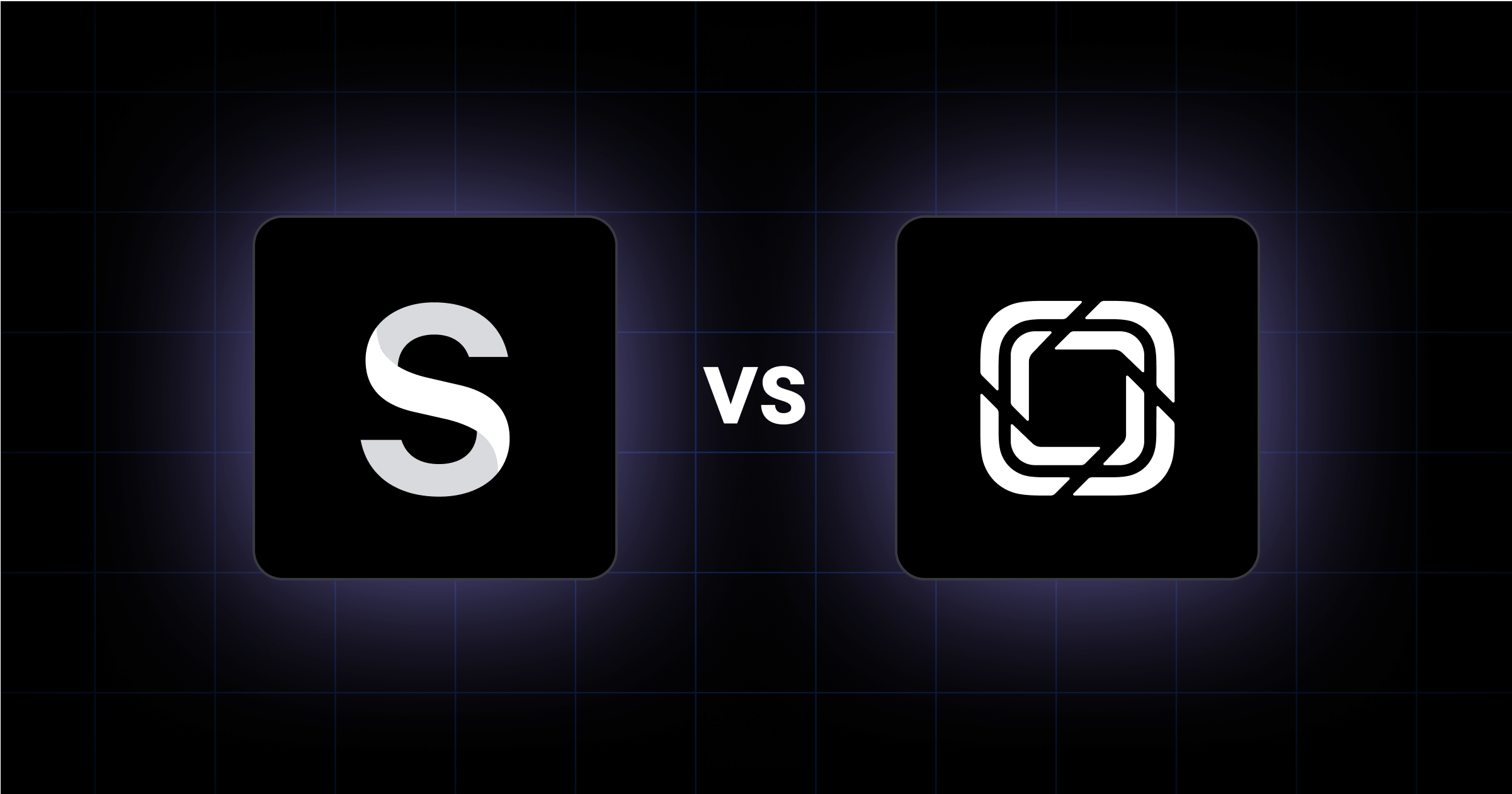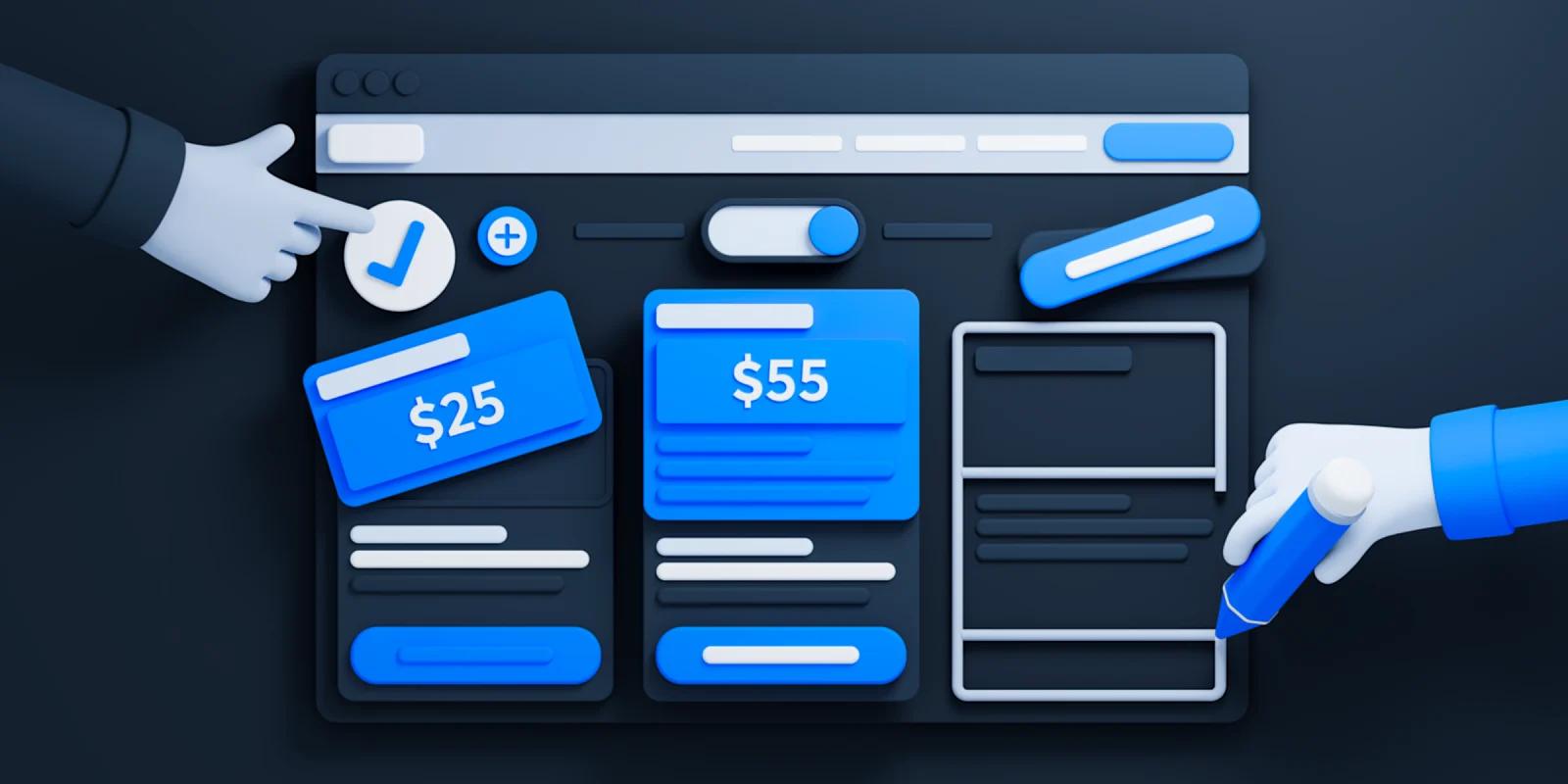Did you know that 38% of people will leave a website if it doesn’t look appealing? If your website doesn’t express an inspiring visual identity or feel intuitive to navigate, you might need to consider an update.
Deciding between a website refresh and a full redesign is important for your online presence and can have lasting effects on your brand, user experience, and SEO. But how do you know which option is the right one for you?
In this article, we will cover the differences between a website refresh and a redesign, and help you determine which approach best suits your needs.
Key Takeaways:

Website Refresh vs Redesign: Main Differences
To make an informed decision between a website refresh and a website redesign, you need to understand the differences between the two approaches.
What is a Website Refresh?
A website refresh updates your existing website to give it a fresh look and feel without making significant structural changes. This can involve:
By opting for a website refresh, you maintain your website's existing functionality while giving it a modern and updated appearance.
Here, you are not starting from scratch but building upon what you already have.
Website Refresh Example

What is a Website Redesign?
A website redesign is a thorough process that involves a complete overhaul of your website. This can include:
The purpose of a website redesign is to achieve a significant transformation in both aesthetics and functionality. It allows you to align your website with your current branding and improve the user experience.
A redesign can oftentimes coincide with a website migration or a complete overhaul of the website's tech stack.
A headless CMS can improve this process by offering increased flexibility and scalability, enabling you to manage and distribute content more efficiently across various platforms. Additionally, a more advanced hosting environment can improve reliability and website performance.
Website Redesign Example

3 Signs You Need a Website Refresh
If you're unsure whether your website needs a refresh, there are several signs to look for.
3 Signs You Need a Website Redesign
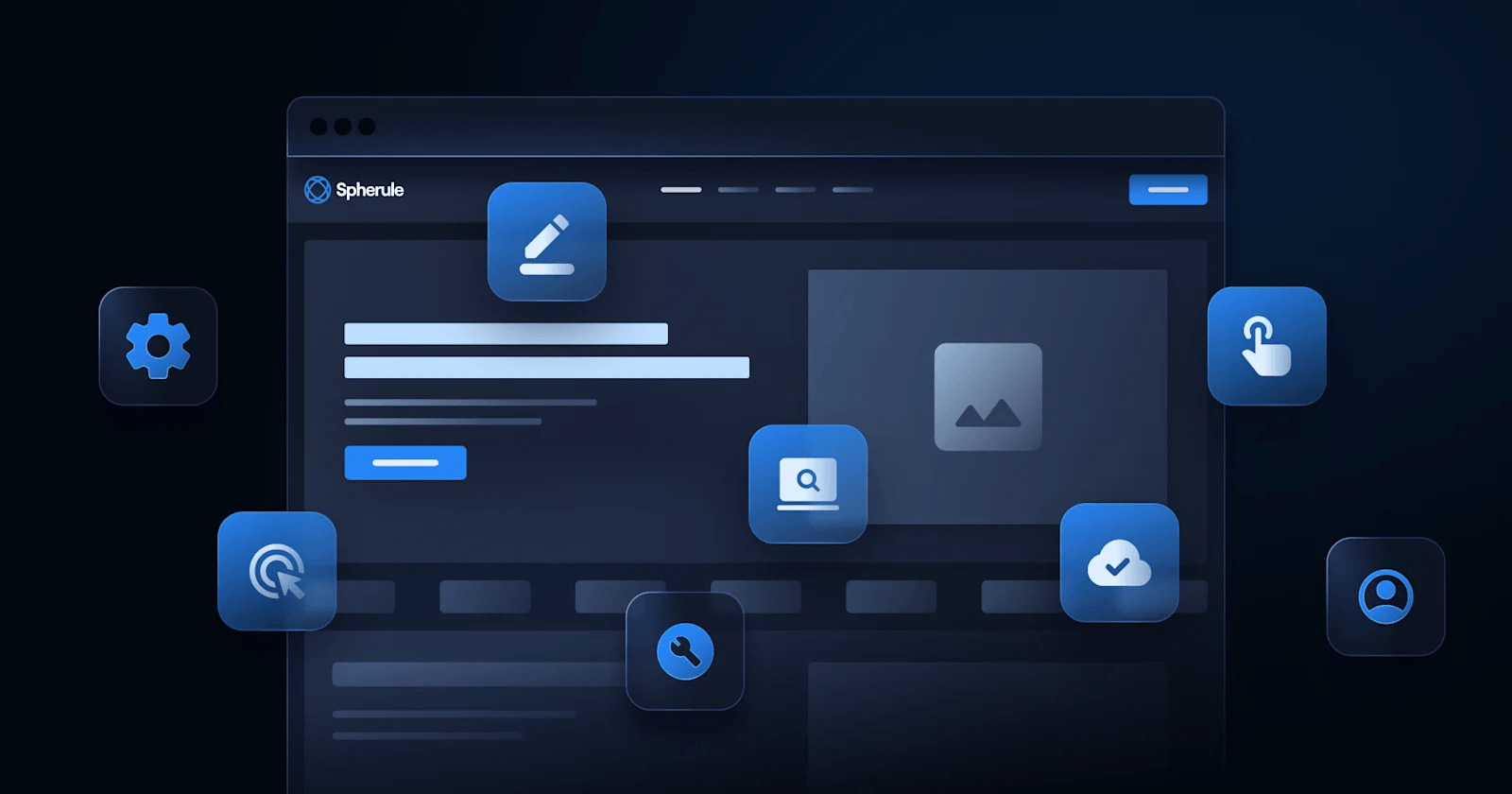
There are certain signs that indicate your website may require a complete redesign rather than just a refresh.
Types of Website Redesign
Redesigning isn't one-size-fits-all. Depending on your goals, you might need a different approach.
Visual Revamp
Think of this as giving your website a fresh coat of paint. If your site works well but looks dated, a visual refresh might be all you need. This process focuses on updating color palettes, modernizing typography, and selecting impactful imagery that aligns with today's design standards.
Visitors notice the difference immediately, while the underlying functionality remains intact.
Structural Overhaul
When a site architecture feels like a maze, it's time to reorganize.
Navigation restructuring involves streamlining menus, improving information hierarchy, and creating intuitive pathways through your content. This approach focuses on how everything connects rather than how it looks.
Better structure means better engagement and less frustrated visitors who can actually find what they're looking for.
Functional Enhancement
This type of redesign adds new capabilities to an existing website. The process involves integrating new features such as ecommerce capabilities, booking systems, or interactive elements like chatbots.
Functionality expansion transforms how users interact with a site and supports growing business needs or service offerings. It's about making the website work harder, not just look better.
Mobile Optimization
With most people browsing on phones and tablets these days, mobile optimization focuses on responsive design principles. This process ensures content displays properly across all devices, loads quickly on mobile connections, and provides touch-friendly navigation.
Mobile optimization improves user experience and search engine rankings, since Google prioritizes mobile-friendly sites.
What Are the Benefits of Website Redesign?
When you give your website a new look, you can expect to see the following benefits:
More User Engagement
A redesigned website naturally draws visitors deeper into your content. When navigation feels intuitive and visual elements resonate with audiences, people simply stay longer.
This increased time-on-site translates to more pages viewed, greater content consumption, and higher overall engagement metrics that matter to your business.
Improved Brand Representation
Your website serves as the digital face of your organization. As your business evolves, your online presence should reflect these changes. A redesign ensures your site accurately communicates your current brand identity, values, and messaging, which creates consistency between who you are and how you appear online.
This alignment helps attract and retain the right audience for your products or services.
Increased Conversion Rates
Small design improvements often yield significant conversion results.
Strategic placement of call-to-action buttons, simplified checkout processes, and clearer value propositions directly impact whether visitors take desired actions.
These optimizations remove friction points in the user journey, naturally guiding more visitors toward becoming leads, subscribers, or customers.
Scalability and Future-Proofing
A modern website redesign builds flexibility into your digital foundation. This approach incorporates adaptable technologies and modular design systems that can grow alongside your business.
Rather than requiring another complete overhaul in a year, a properly executed redesign creates a framework that accommodates new content, features, and business directions as they emerge.
Faster Loading Speeds
Website redesigns typically include technical optimizations like image compression, code refinement, and server improvements that significantly reduce loading times.
These performance enhancements keep impatient visitors from abandoning slow pages while simultaneously boosting search engine rankings, as speed is a key factor in how Google evaluates websites.

Impact of Refreshing vs. Redesigning Your Website
Deciding between refreshing or redesigning your website is crucial to keeping it aligned with your business goals. Both approaches can help, but each has different impacts on cost, time, and SEO.
💰 Cost Considerations
A website refresh is generally more budget-friendly. It focuses on updates within your existing site structure, such as branding elements or minor design changes. This approach avoids the higher costs associated with starting from scratch.
On the other hand, a website redesign involves significant changes, like overhauling the layout and design or switching to a new content management system. These extensive changes require a larger financial investment but offer a more comprehensive transformation.
⏰️ Time Investment
Time is another important factor to consider when deciding between a refresh and a redesign.
A website refresh can usually be completed more quickly since it involves making updates within your existing structure. This means less time spent on rebuilding components or testing.
A complete website redesign may take longer to implement due to the need to rebuild certain elements and conduct extensive testing. Consider your timeline and urgency when evaluating the time investment required for each approach.
🔎 SEO Implications
Both approaches can impact your search engine rankings. With a refresh, you can improve your website's SEO by updating meta tags, optimizing content, and implementing other on-page SEO strategies.
These updates help increase visibility in search results and attract more organic traffic. A website redesign, in addition to these on-page SEO strategies, provides an opportunity to restructure your website, optimize site speed, and enhance user experience, all of which can positively impact your SEO efforts.
However, it's important to plan and execute the redesign carefully to avoid any adverse effects on your organic search rankings.
Ready For Your Next Website Project?
If you're unsure whether your website needs a refresh or redesign, it's a good idea to reach out to a web design agency
Here at Webstacks, we help tech leaders level up their online presence through next-gen solutions for SaaS website design.
If you’re interested in finding out more, feel free to reach out to us.

